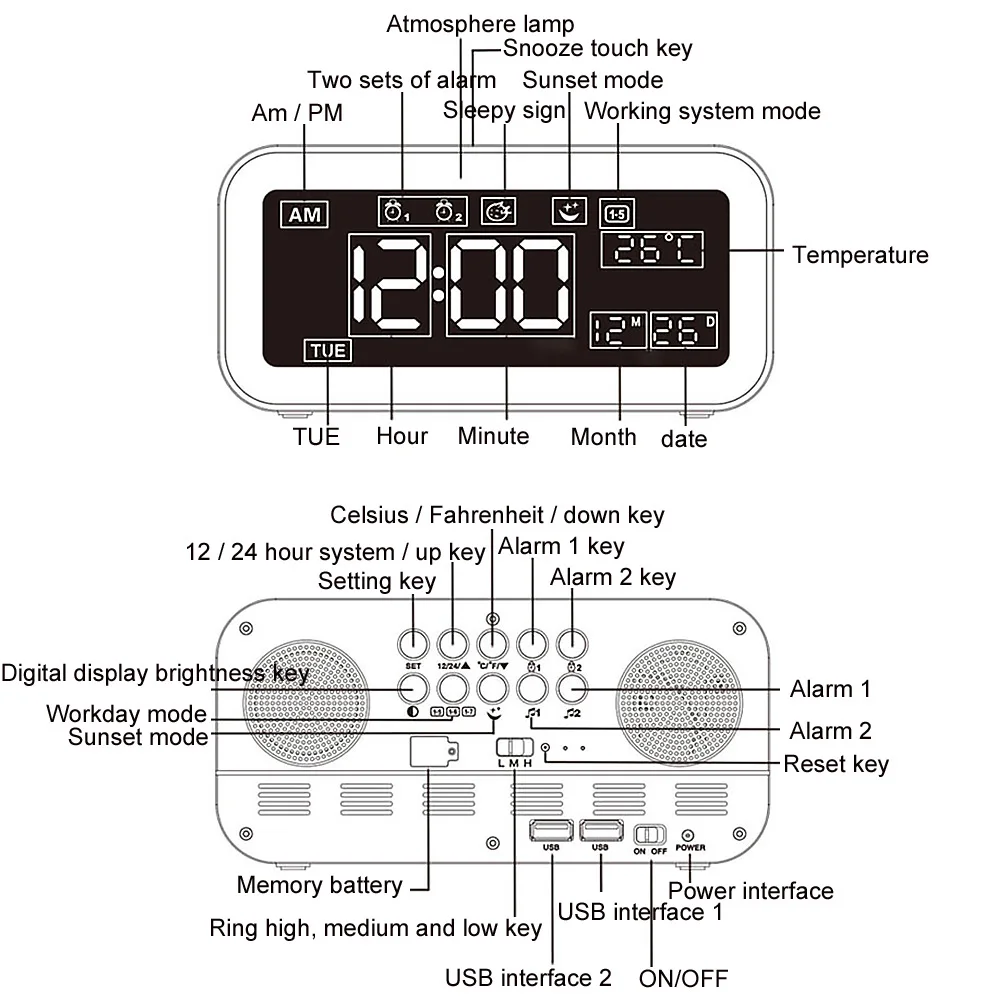

Simulating these complicated physics takes a lot of computing power and requires models to operate at a very fine scale. That‘s on top of all the other weather-related factors that affect cloud formation, including air temperature, humidity and wind conditions. Tiny particles in the air, called aerosols, have a huge influence on how quickly clouds form, how big they get, what type of clouds they turn out to be and how long they last in the atmosphere. In the first place, cloud formation is a highly complex phenomenon with a lot of small, moving parts. “The thing that came up again and again is that cloud feedbacks in general, and the interaction between clouds and tiny particles called aerosols in particular, seem to be contributing to higher sensitivity.” The complexities of cloudsĬlouds are notoriously difficult to simulate in climate models.

“Our goal was to look for any themes that were emerging, especially with the high-sensitivity models,” said Meehl in a statement. They were looking for clues about what‘s causing the increased sensitivity. They also reviewed a number of recent papers, published by the modeling teams themselves, that assessed some of the changes they‘d made to the newer models. Led by Gerald Meehl of the National Center for Atmospheric Research, the authors examined the new suite of climate models and compared them with earlier generations. The new review paper, published yesterday in the journal Science Advances, supports the idea. And clouds can have an outsize effect on the Earth‘s warming response. Some of the new models have tweaked the way they represent clouds in the atmosphere, experts told E&E News. It‘s a question still under consideration.Īt the same time, researchers have been speculating about what may be causing the higher sensitivity. Several have exceeded 5 C, with the highest reaching an unprecedented 5.6 C.Īs E&E News reported in May, scientists still are debating whether the ECS in the new models is reasonable, or whether it may be too high ( Climatewire, May 12). CMIP6, on the other hand, includes more than dozen models so far with an ECS higher than 4.5 C. Previous generations of climate models have typically predicted a range for ECS spanning anywhere from 1.5 to 4.5 degrees Celsius. Today, they‘ve exceeded 400 ppm, and they‘re still climbing.) (For reference, atmospheric CO2 hovered around 280 parts per million prior to the Industrial Revolution. It‘s a metric that scientists often use to estimate the strength of future climate warming.ĮCS refers to the amount of warming that scientists should expect if atmospheric carbon dioxide concentrations suddenly doubled their preindustrial levels. The issue lies within a concept known as equilibrium climate sensitivity, or ECS. Many of the models suggest that a given level of future carbon emissions may result in stronger warming than previous models suggested. More than three dozen models have been submitted by teams all over the world, and dozens more are still expected to come in.īut scientists have noticed something surprising about the new suite. The newest suite, CMIP6, is still in progress. Every few years or so, modelers around the world coordinate to develop a new generation of models for use in climate research, always more advanced than the generation that came before. A review paper out this week suggests that clouds-and the tiny particles that help them form in the atmosphere-have something to do with it.įor the past several years, researchers have been working on an international project known as the Coupled Model Intercomparison Project, or CMIP. It‘s a confusing trend, and scientists have been working to figure out why it‘s happening. The newest generation of global climate models is running hotter than earlier versions, with many models predicting stronger future warming than their predecessors.


 0 kommentar(er)
0 kommentar(er)
